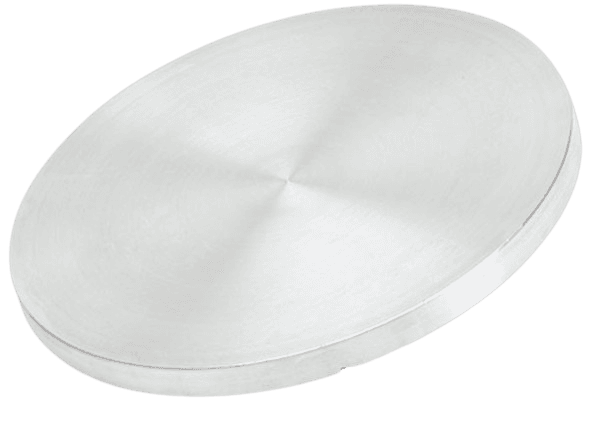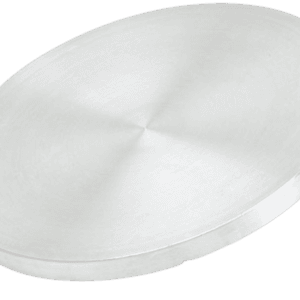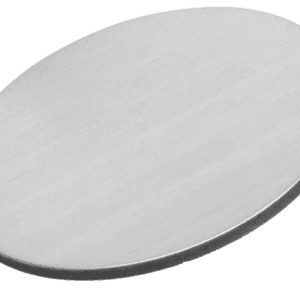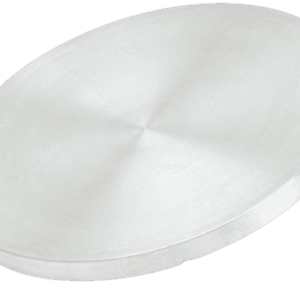CoCrNi High-Entropy Alloy (HEA) Sputtering Target Description
The CoCrNi High-Entropy Alloy (HEA) Sputtering Target is utilized in thin film deposition through sputtering techniques. This target is made from a high-entropy alloy consisting of cobalt (Co), chromium (Cr), and nickel (Ni). In physical vapor deposition (PVD) processes, a high-energy ion beam bombards the sputtering target, causing atoms to be ejected from its surface. These ejected atoms are then deposited onto a substrate, forming a thin film with the desired properties.
CoCrNi High-Entropy Alloy (HEA) Sputtering Target Handling Notes
Indium bonding is recommended for the CoCrNi High-Entropy Alloy (HEA) Sputtering Target because the alloy’s inherent brittleness and low thermal conductivity can pose challenges during sputtering. The low thermal conductivity makes the material prone to thermal shock, so indium bonding helps enhance the target’s stability and performance by mitigating these issues.
CoCrNi High-Entropy Alloy (HEA) Sputtering Target Application
CoCrNi High-Entropy Alloy (HEA) Sputtering Targets are widely employed in various industries, including electronics, optics, solar cells, and semiconductor manufacturing.
CoCrNi High-Entropy Alloy (HEA) Sputtering Target Packaging
We take great care in handling our CoCrNi High-Entropy Alloy (HEA) Sputtering Targets during storage and transportation to ensure they retain their quality and remain in pristine condition.





Reviews
There are no reviews yet.